
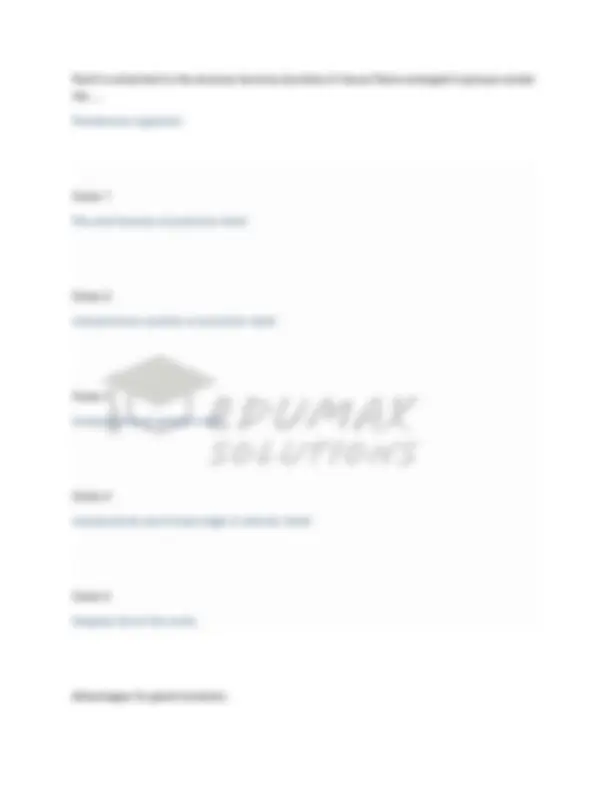
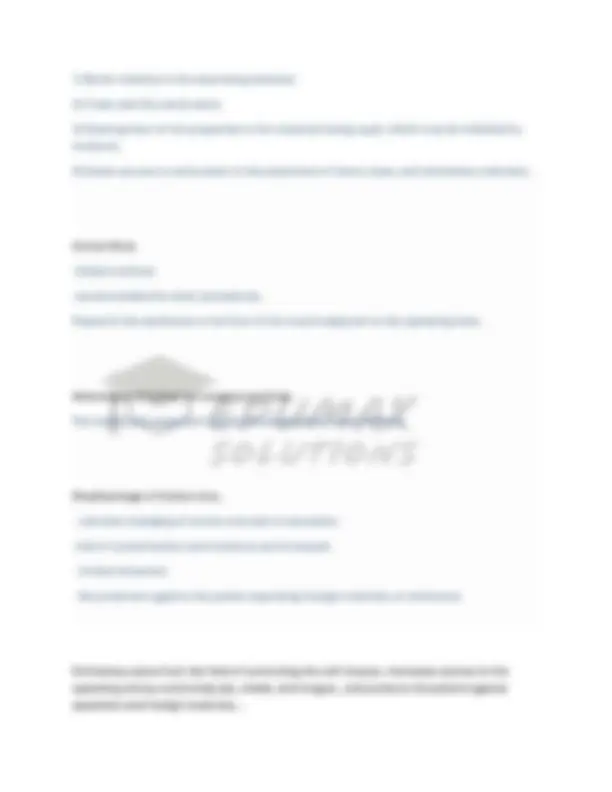
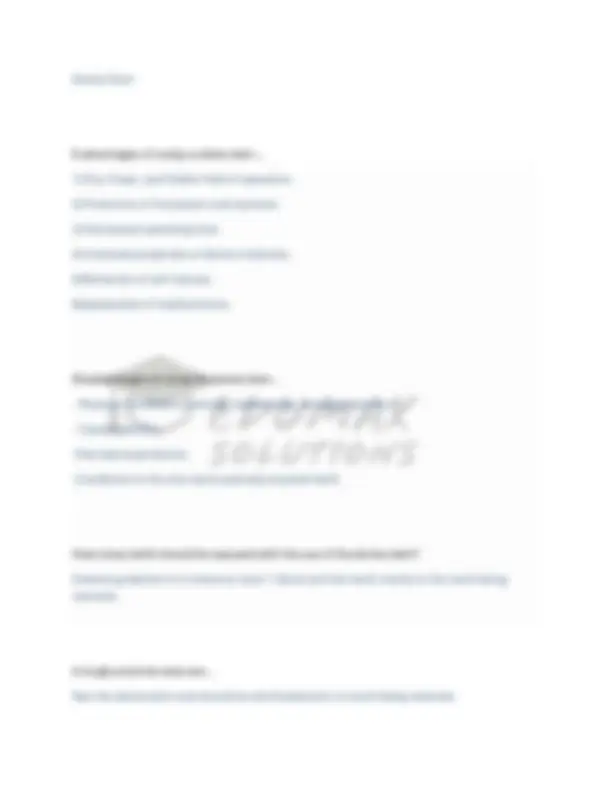
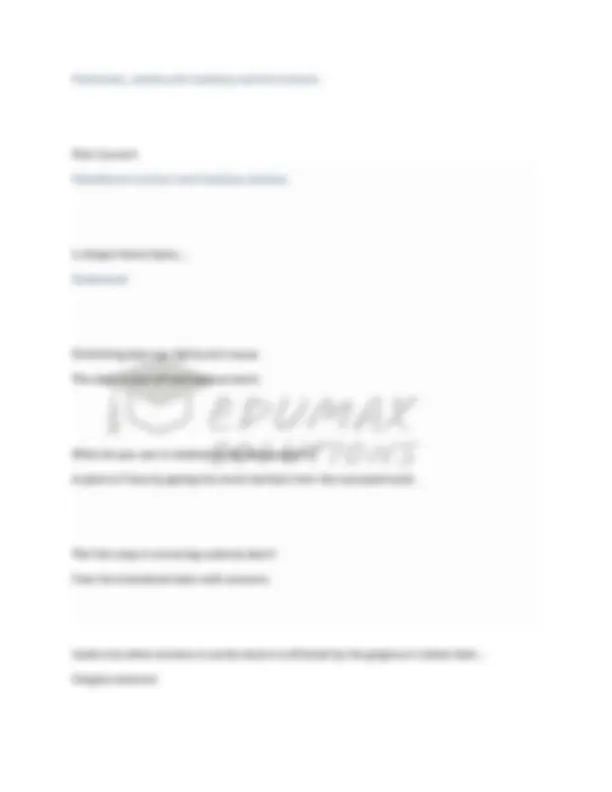
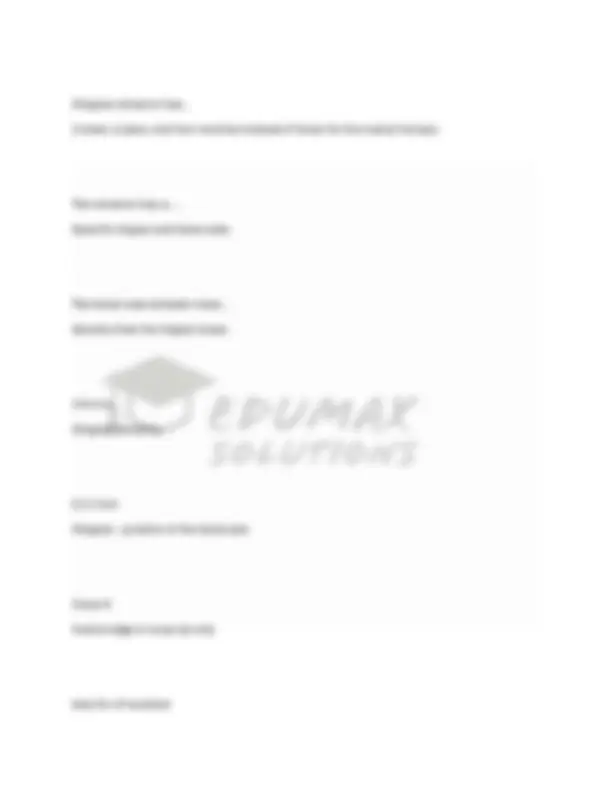
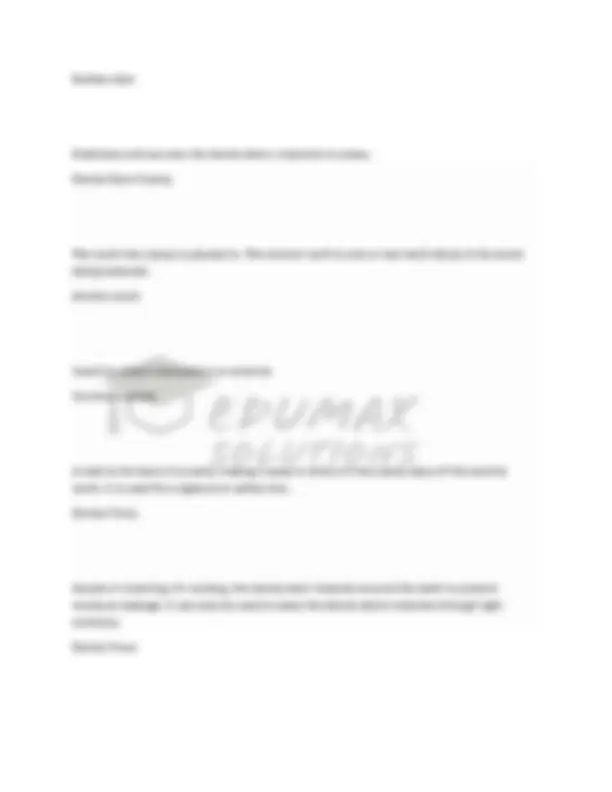
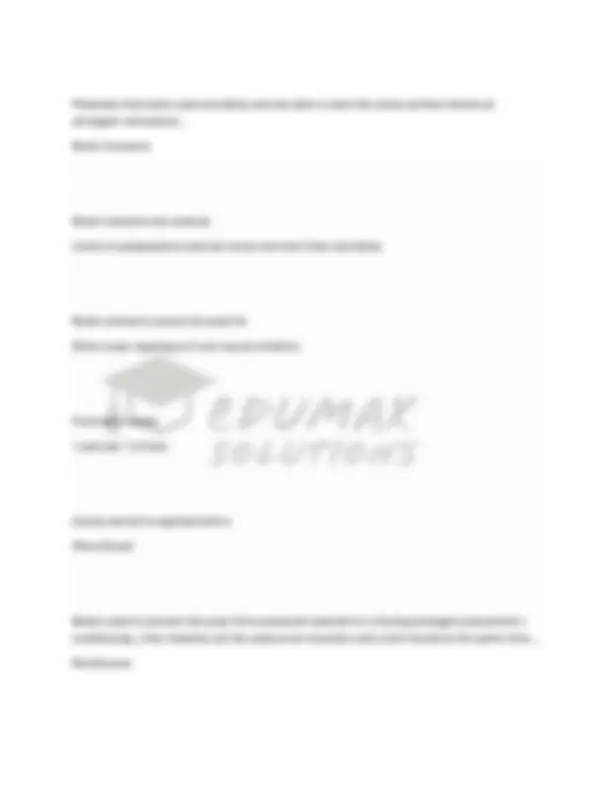
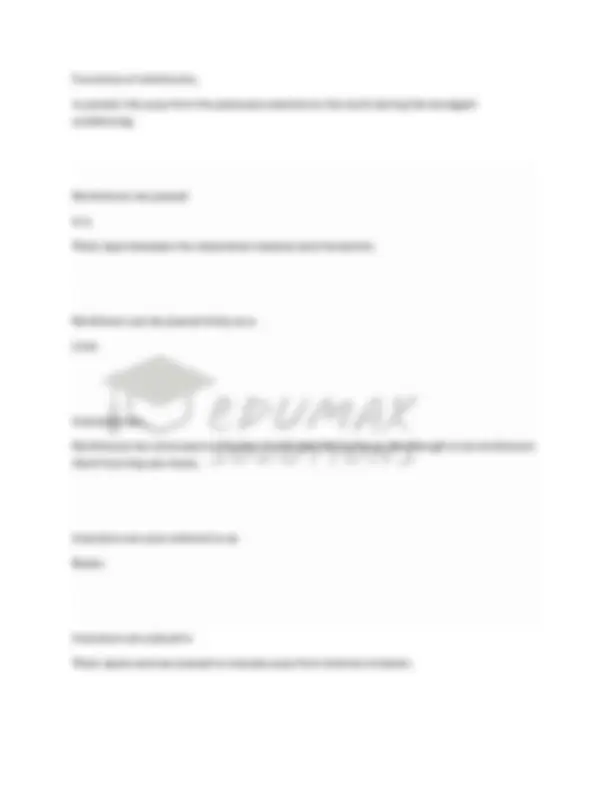
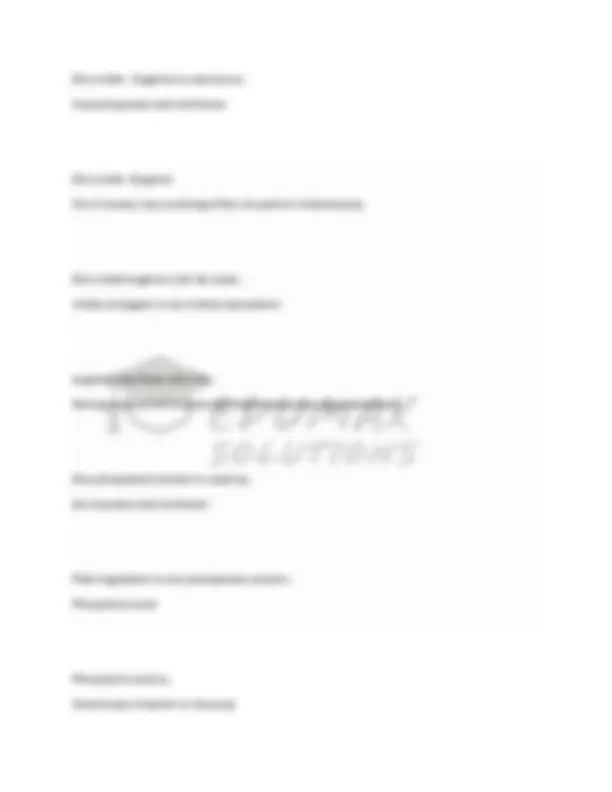
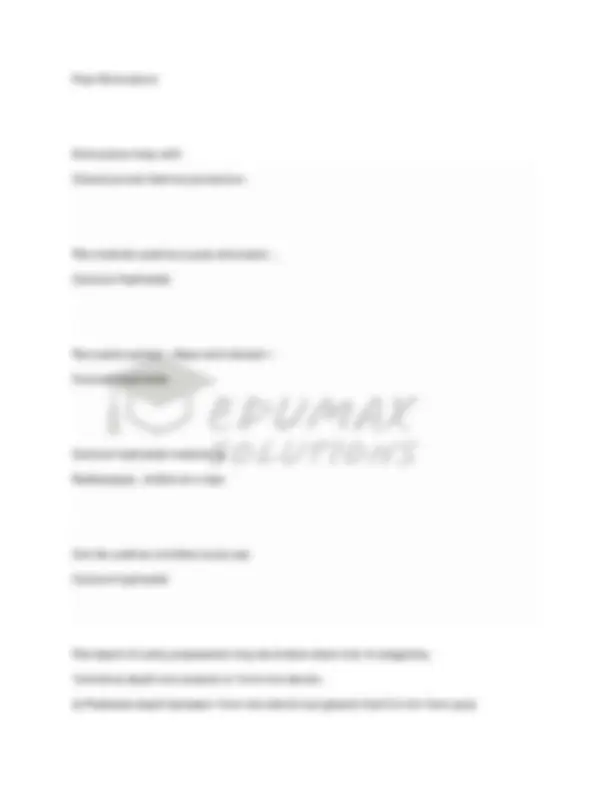
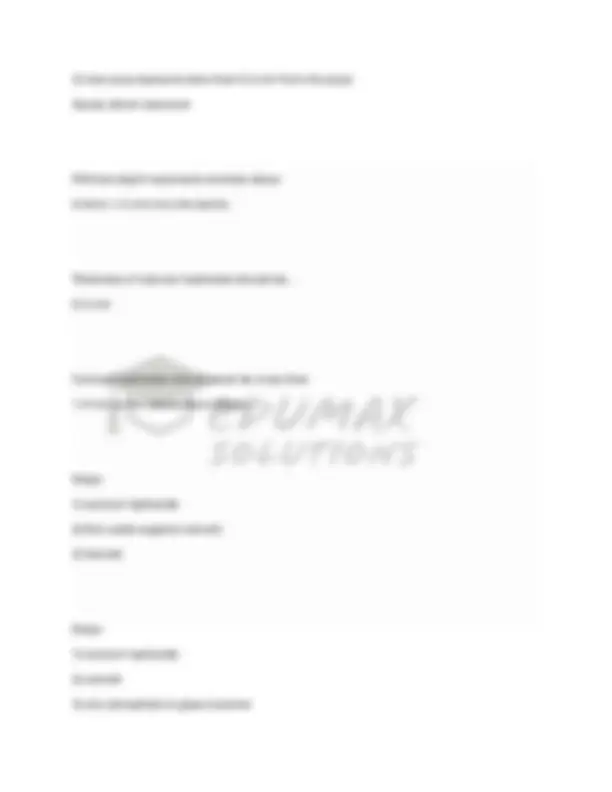
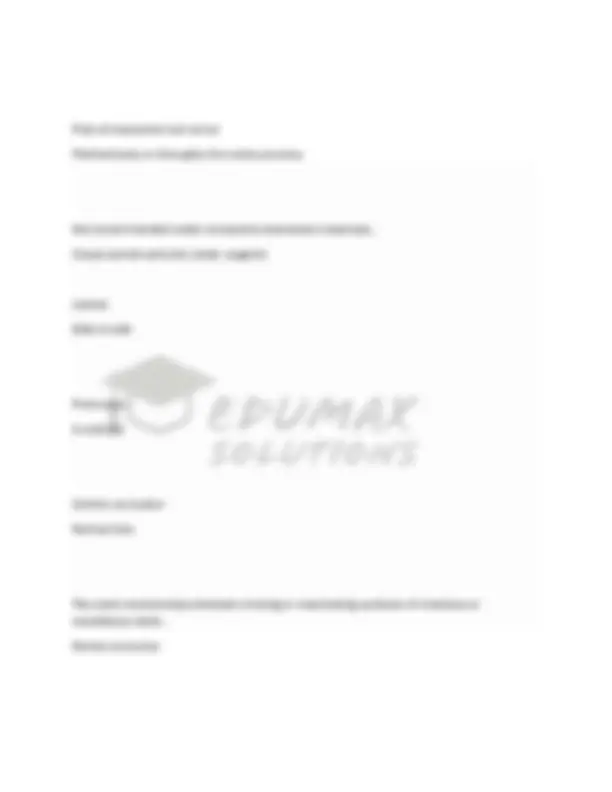
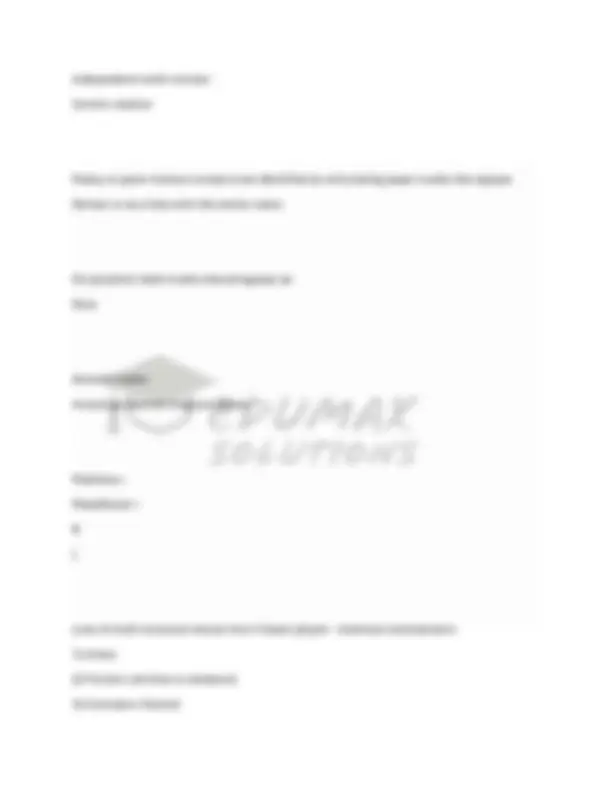
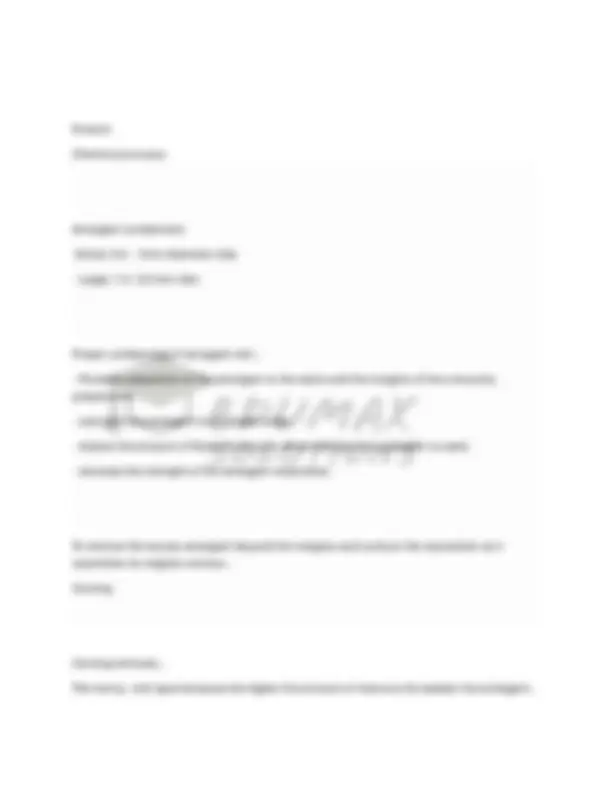
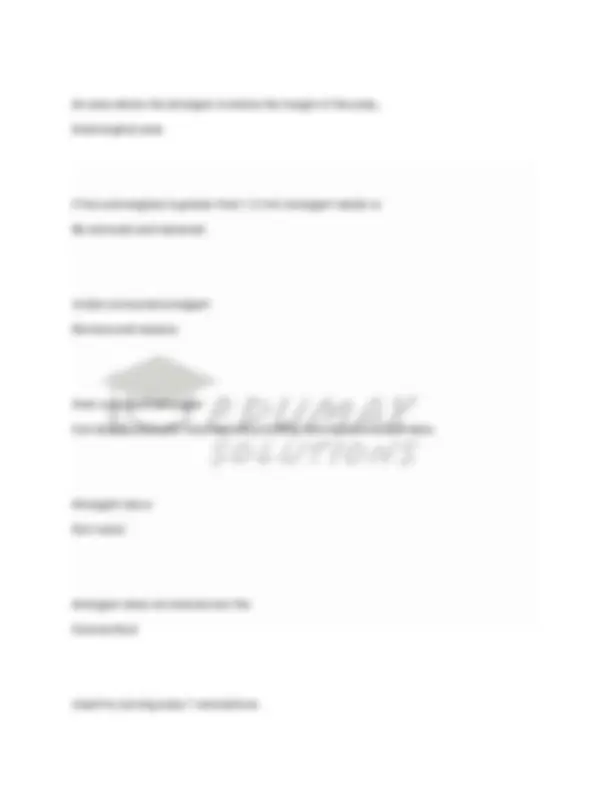
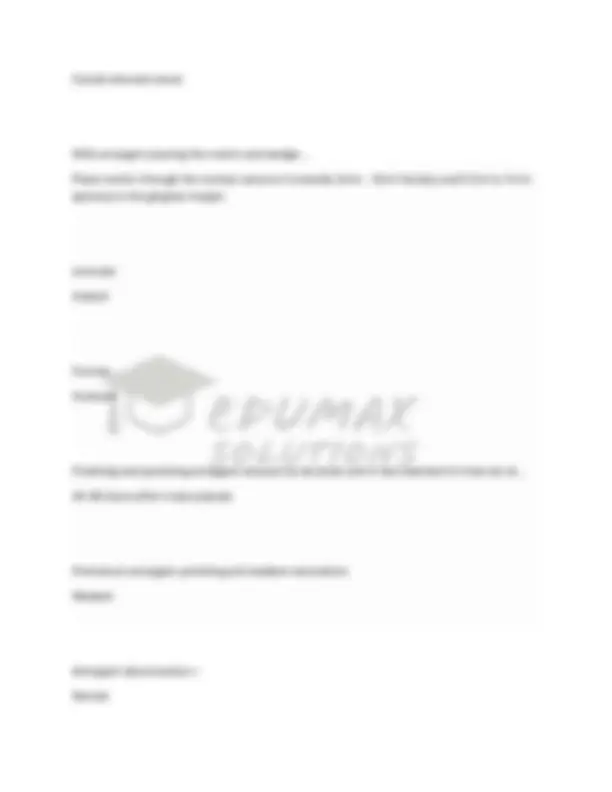
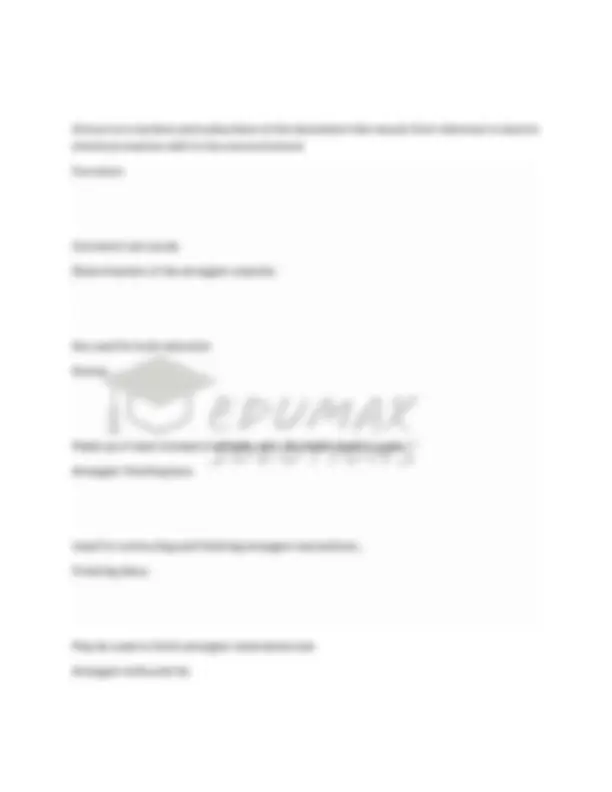
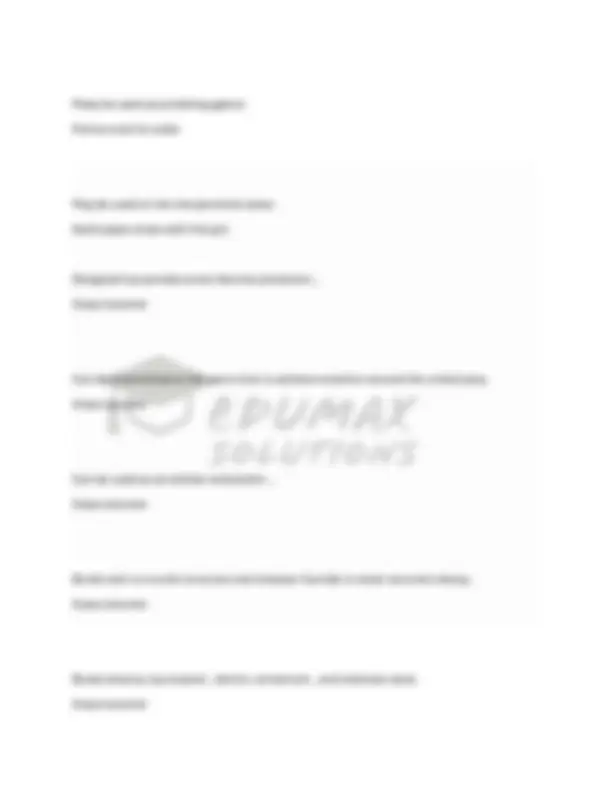
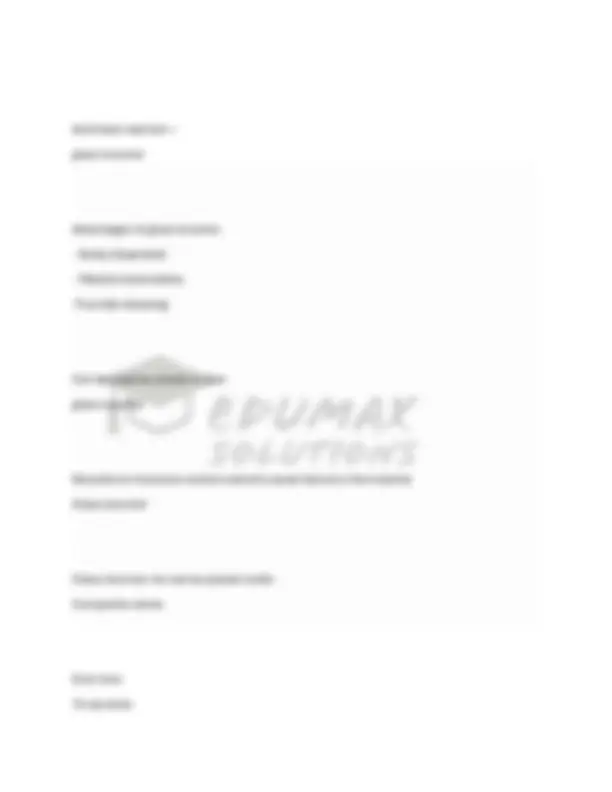
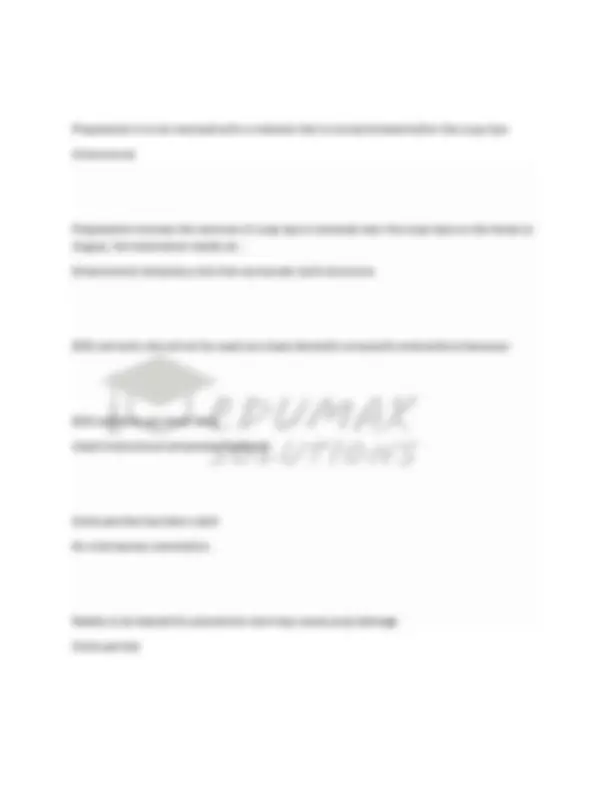
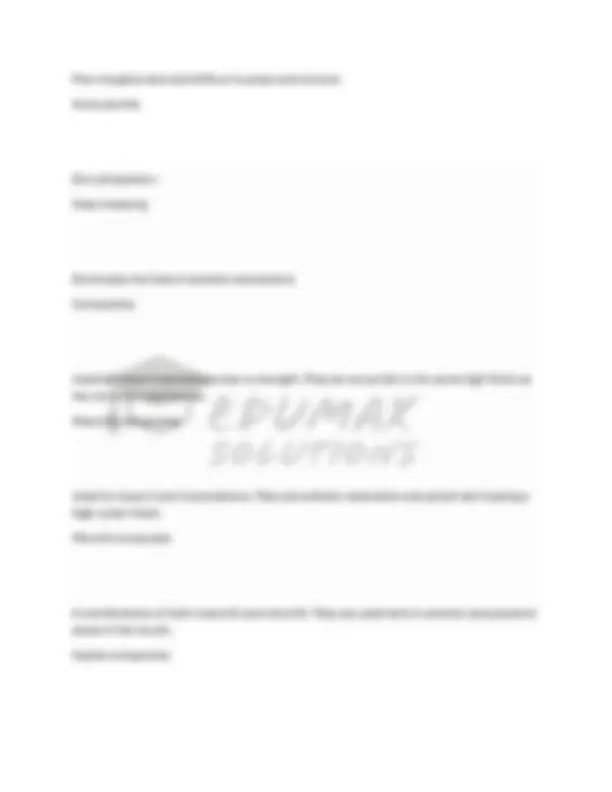
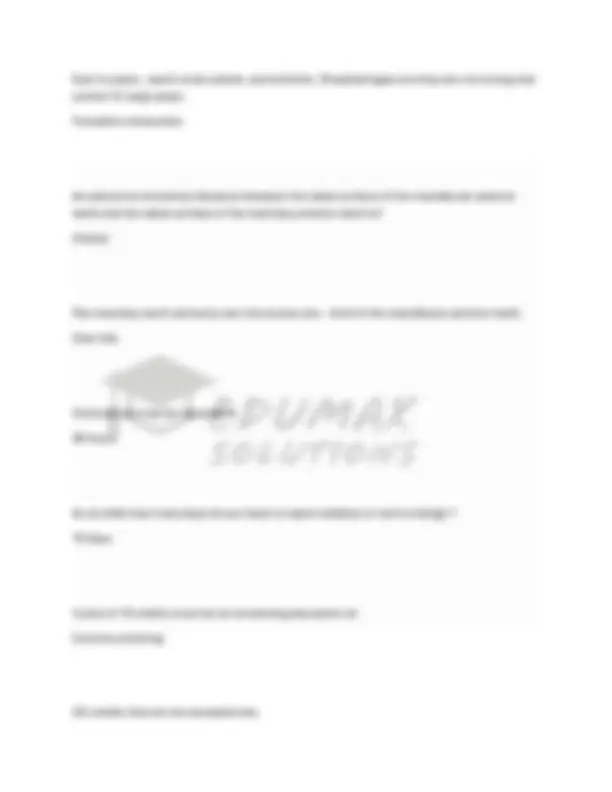
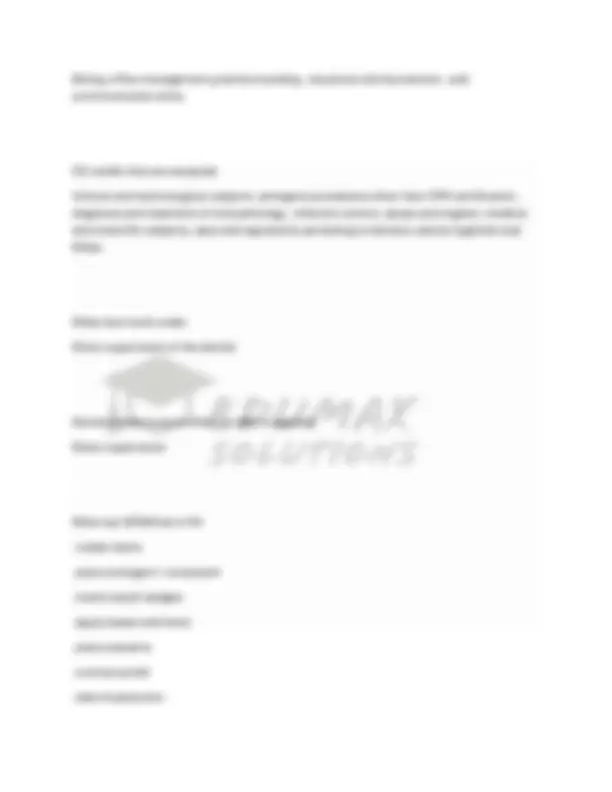
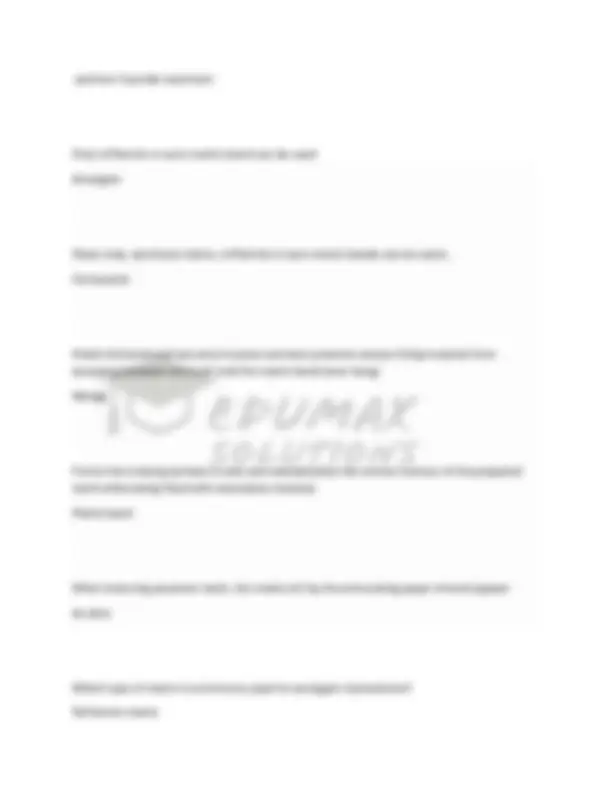
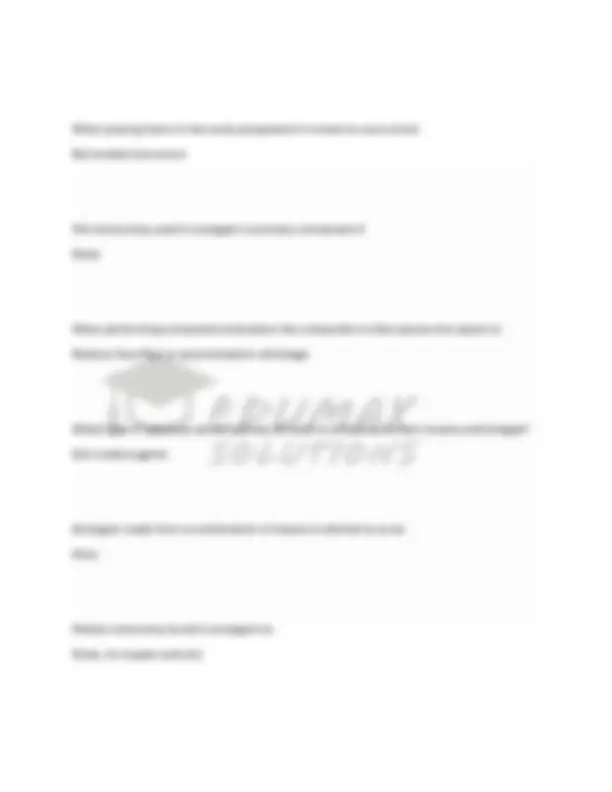
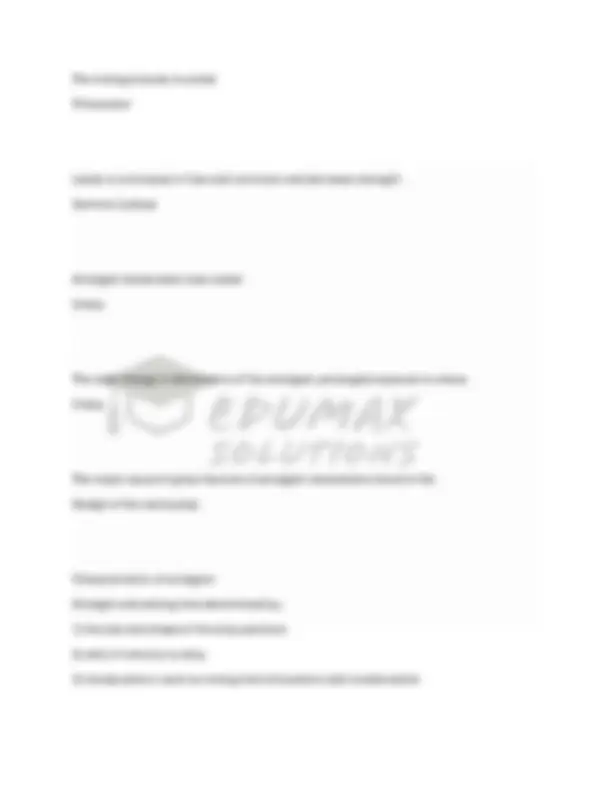
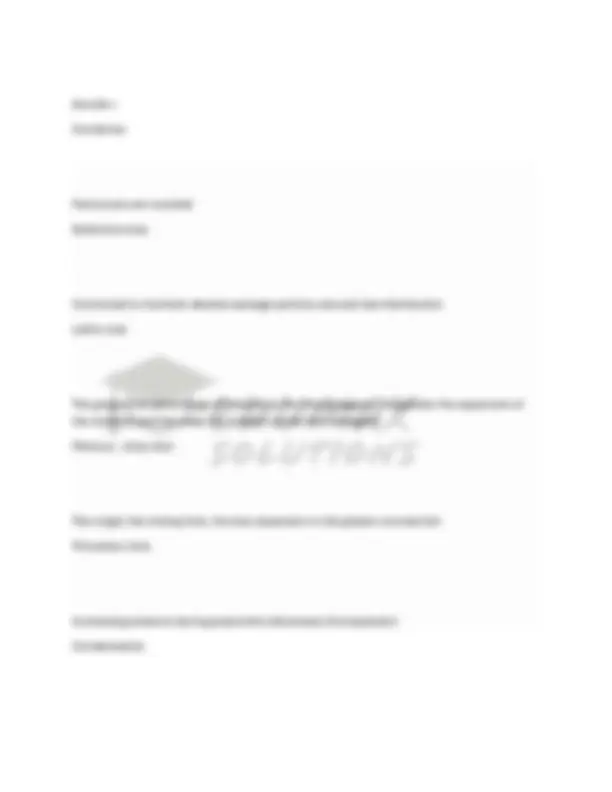
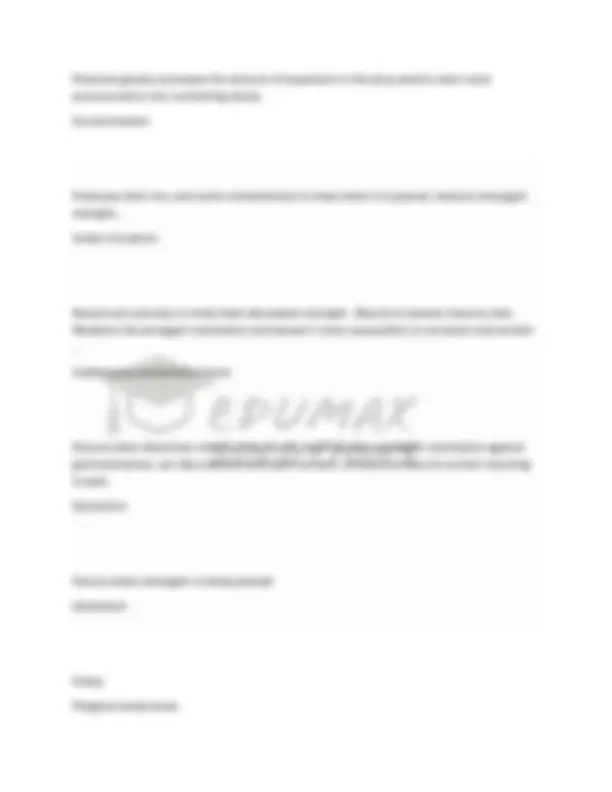
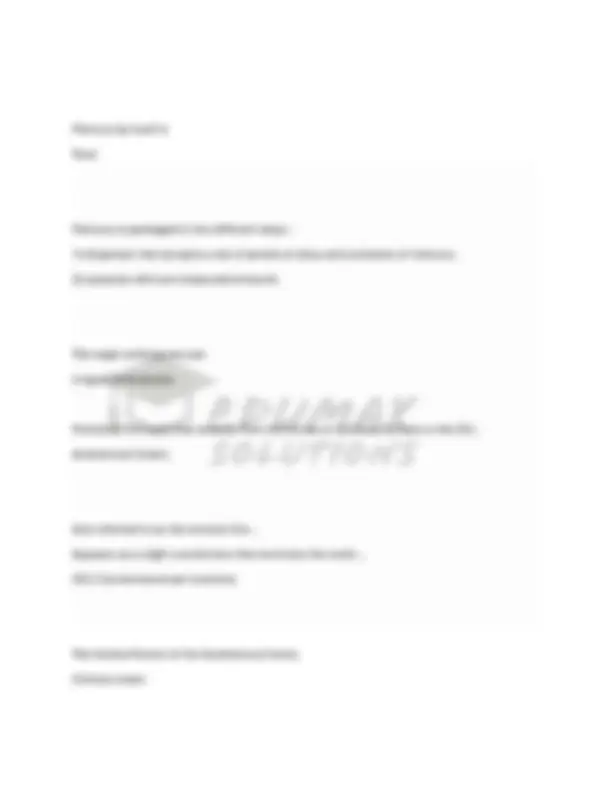
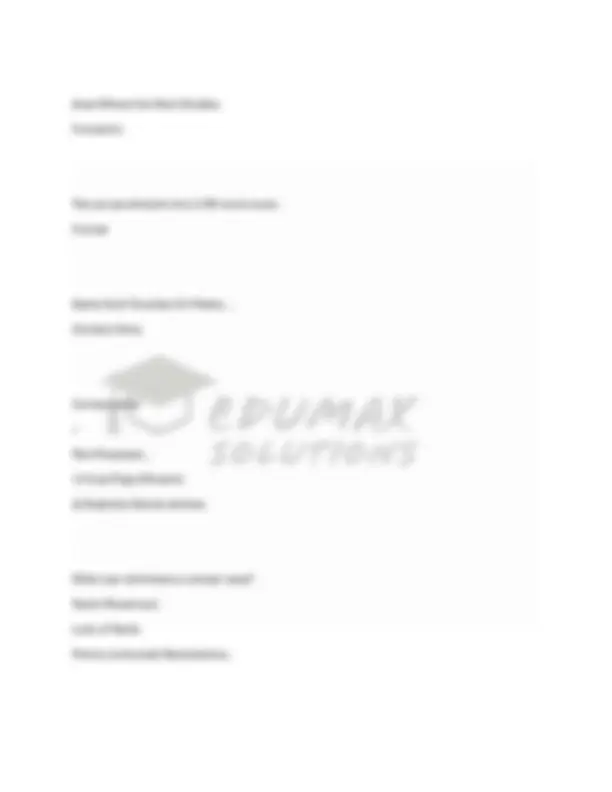
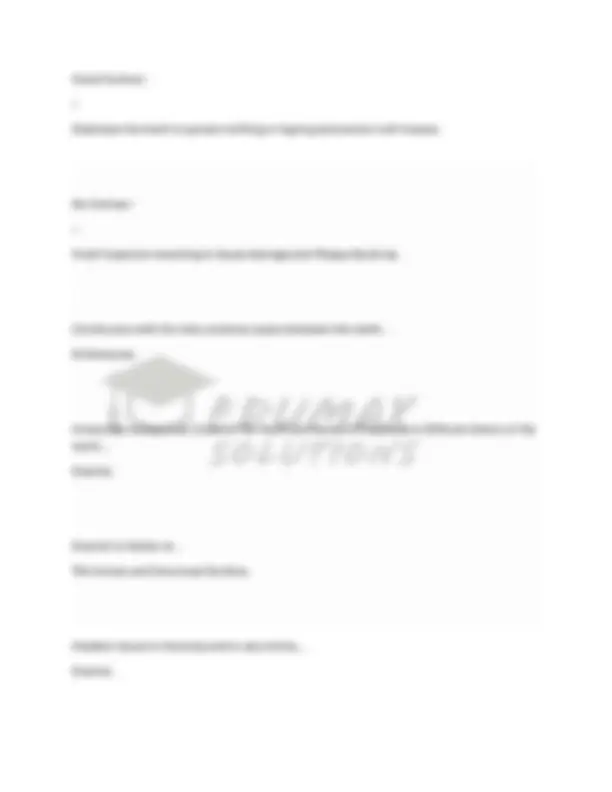
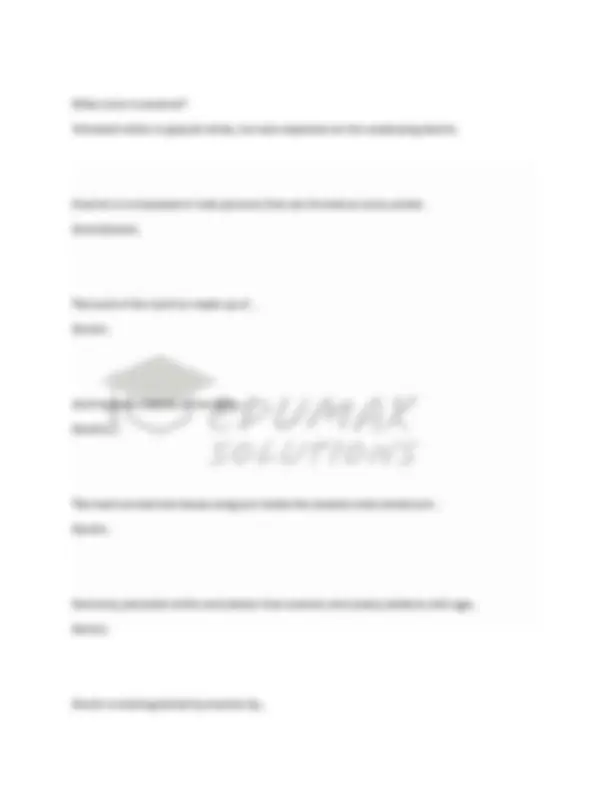
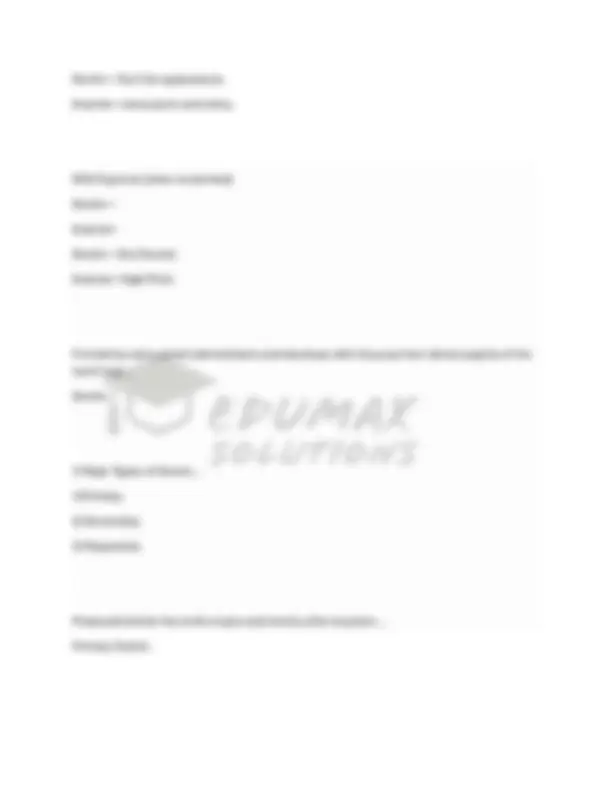
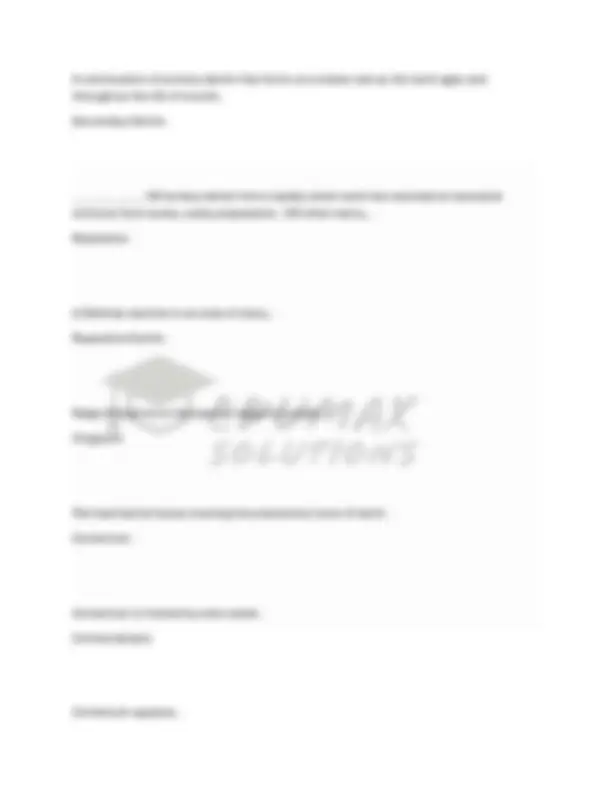
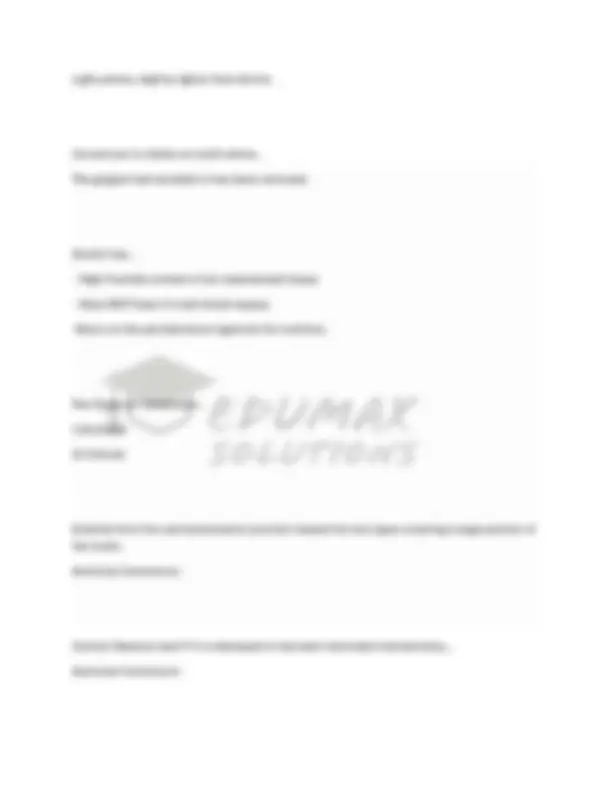
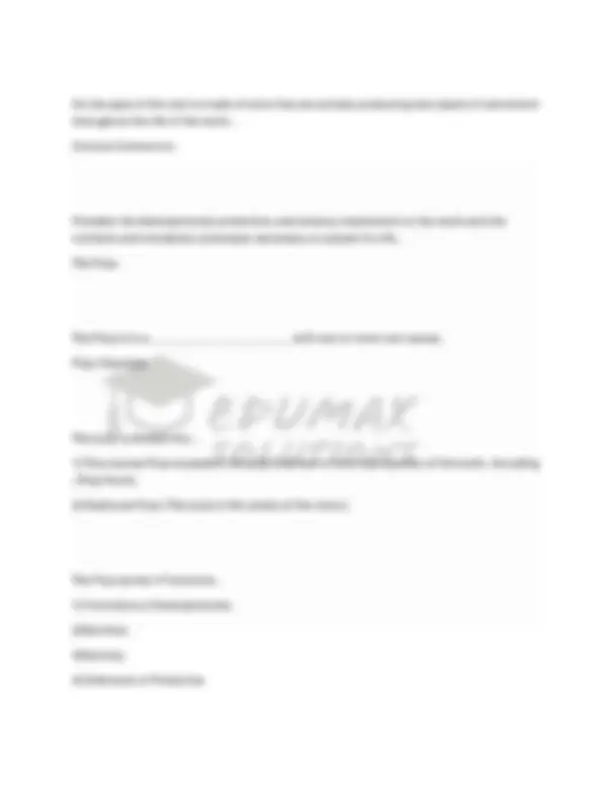
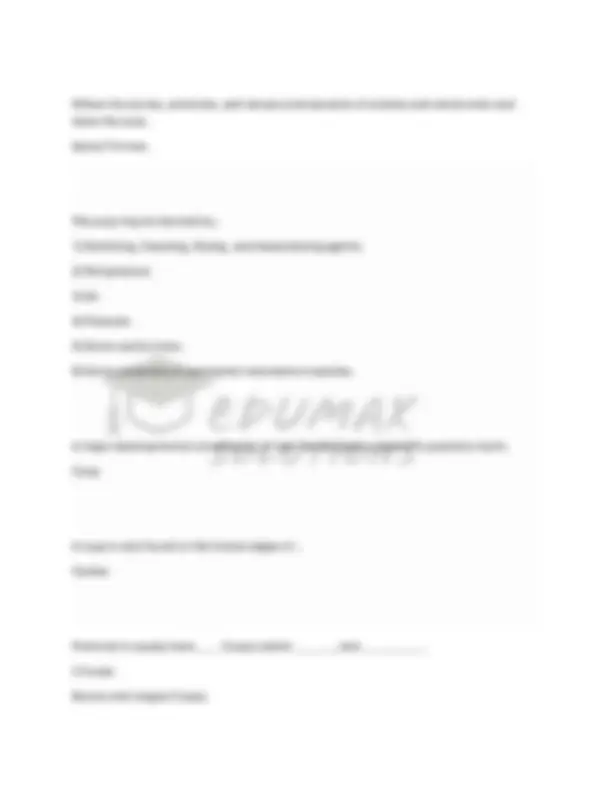
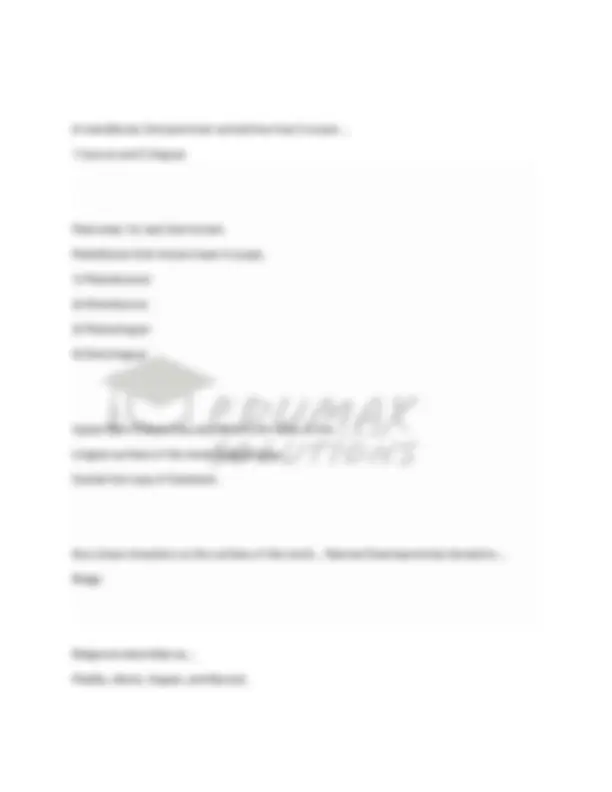
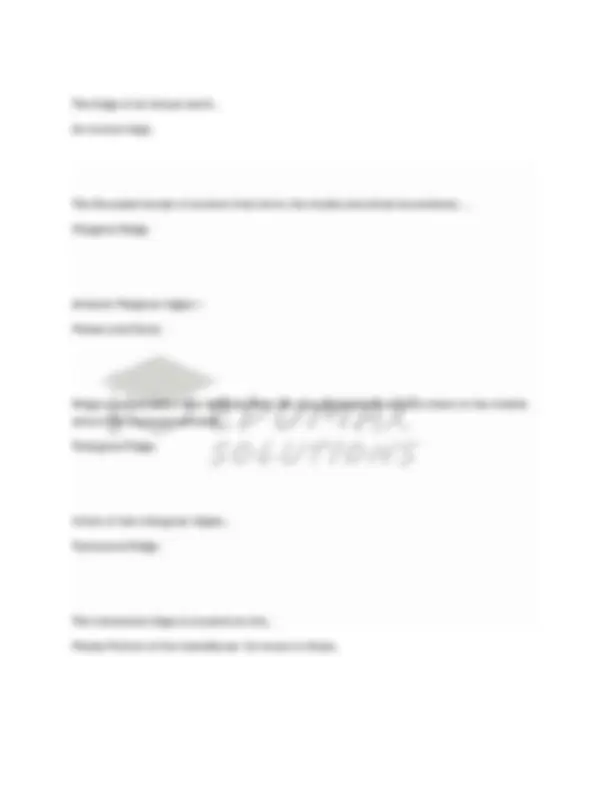
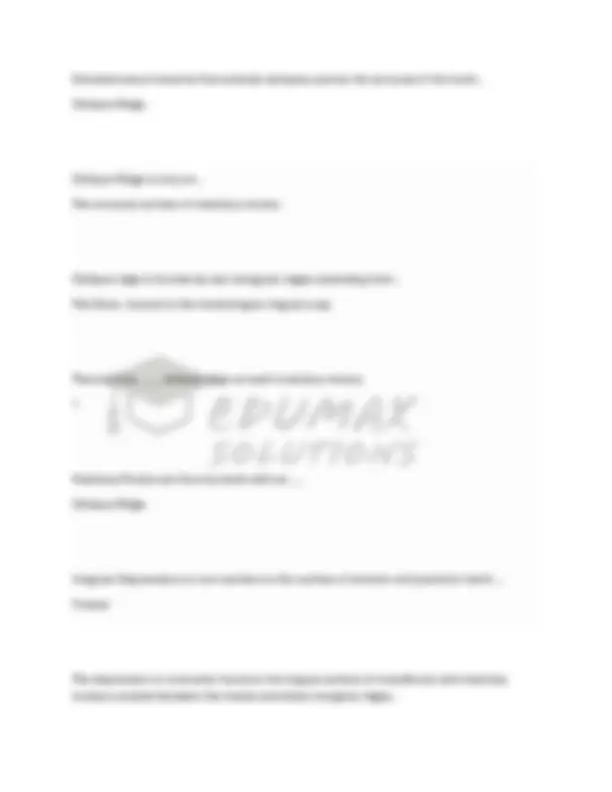
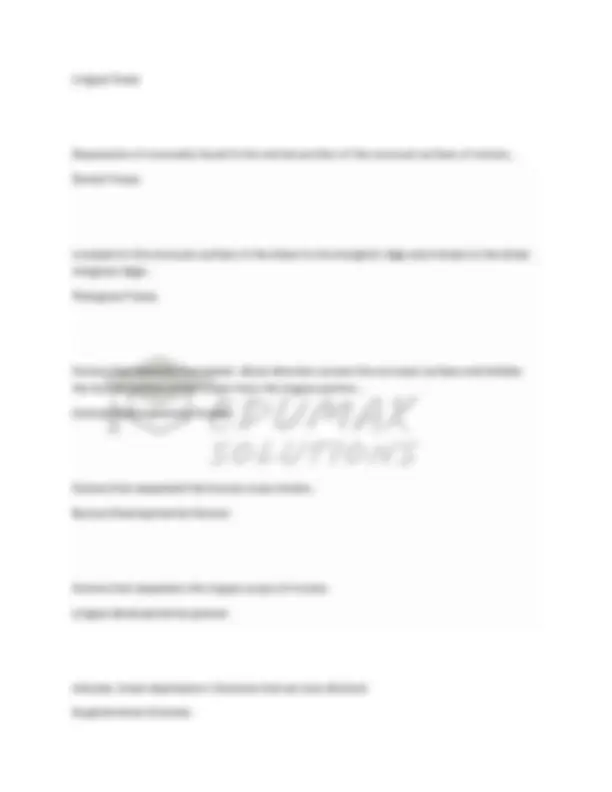
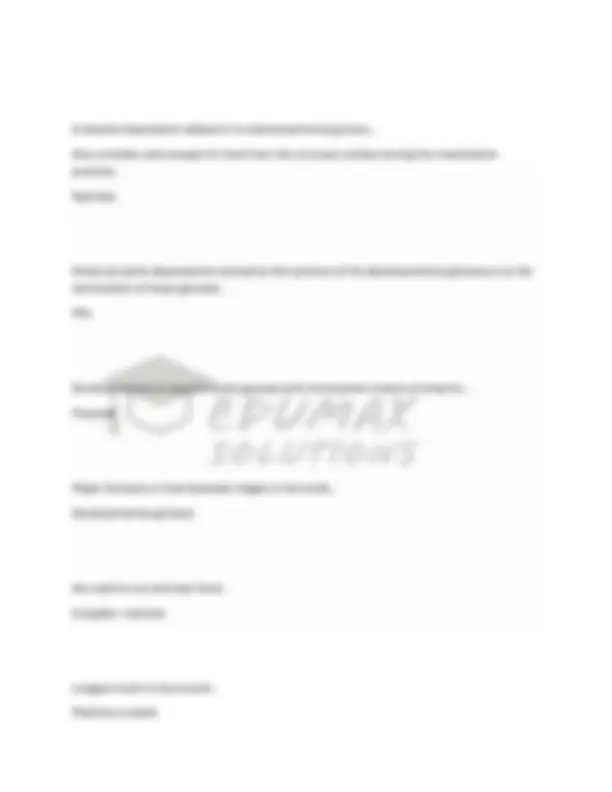
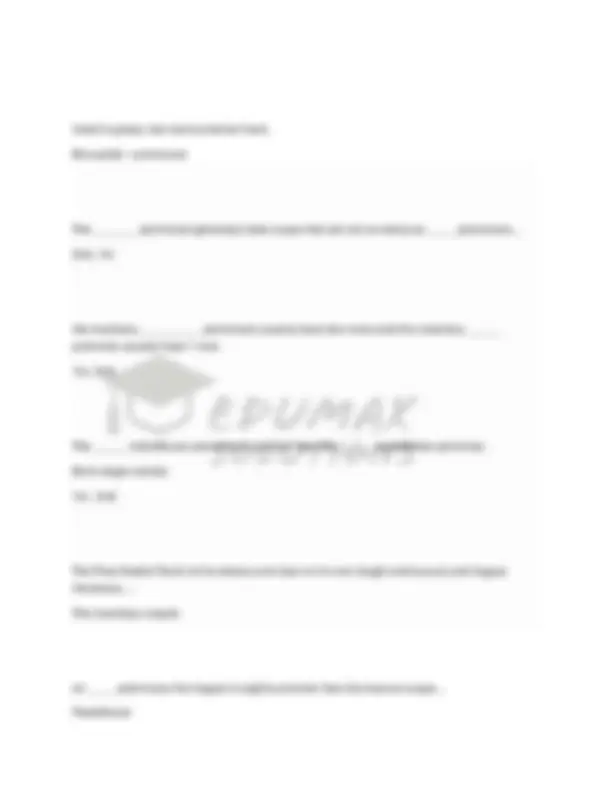
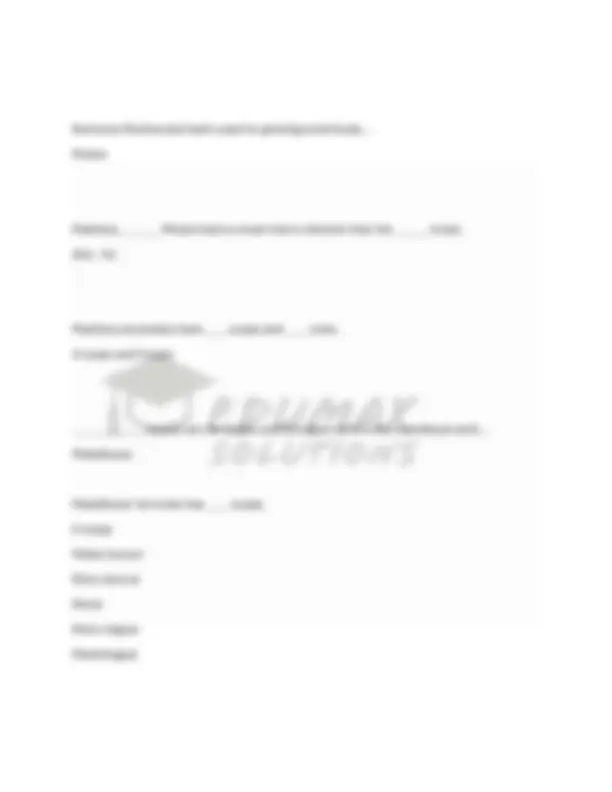
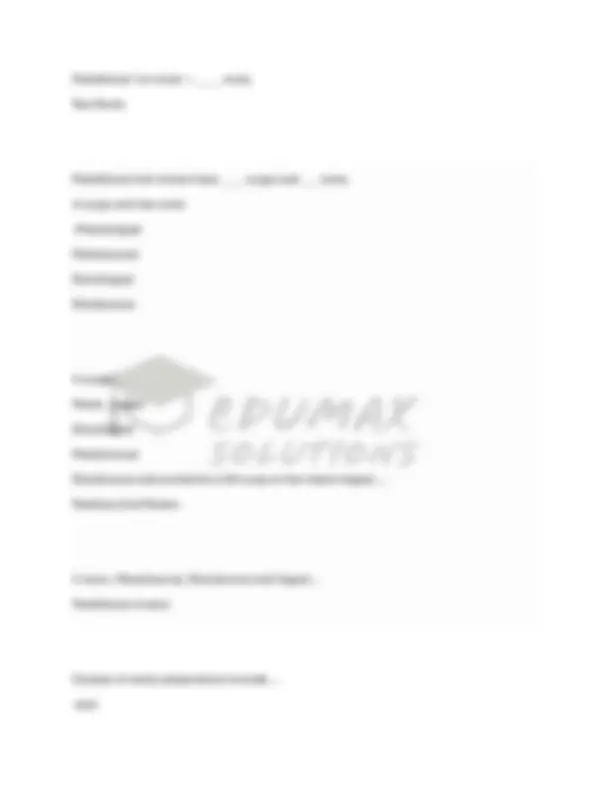
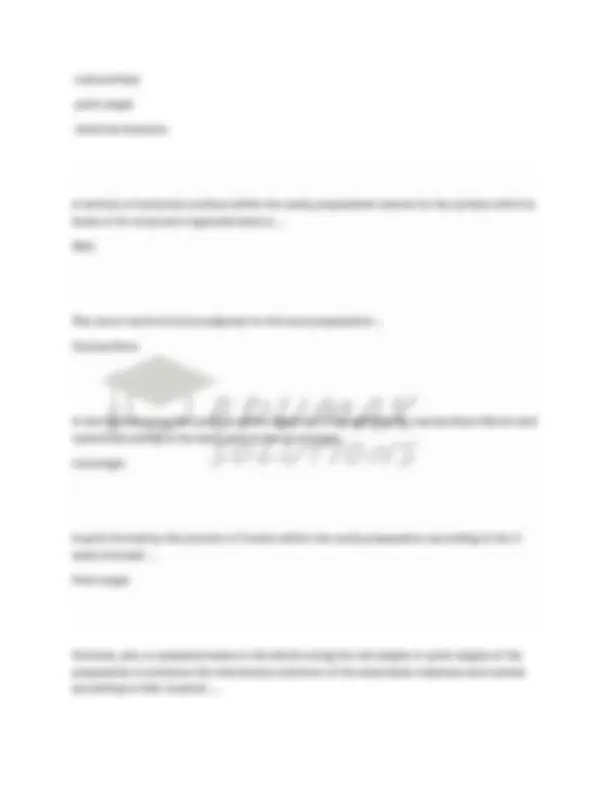



Study with the several resources on Docsity

Earn points by helping other students or get them with a premium plan


Prepare for your exams
Study with the several resources on Docsity

Earn points to download
Earn points by helping other students or get them with a premium plan
Community
Ask the community for help and clear up your study doubts
Discover the best universities in your country according to Docsity users
Free resources
Download our free guides on studying techniques, anxiety management strategies, and thesis advice from Docsity tutors
PA EFDA BOARDS FULL ACTUAL EXAM 2025/2026 NEW VERSION WITH WELL DETAILED SOLUTIONS
Typology: Exams
1 / 55

This page cannot be seen from the preview
Don't miss anything!
















































Function of Anterior Teeth. Tear/Incise Food Function of Posterior Teeth. Grind Food The _____ consisted of the oral hard and soft tissues that support the teeth... Periodontium The periodontium is divided into ...
The portion of the free gingiva located in the interproximal areas... Interdental papilla Tissues extending from the level of the depth of the gingival sulcus to the mucogingival junction.... Attached Gingiva A thin soft tissue that is loosely attached to the underlying bone... Alveolar Muscosa Is delineated from the attached gingiva by the mucogingival junction and continues apically ... Alveolar mucosa The process of the maxilla or mandible known as.. Alveolar process Underlying the soft tissue is the Osseous tissue is ... Alveolar Bone.
Dental Dam 6 advantages of using a rubber dam...
An arch band metal joining the two jaws a of the clamp together. A piece of waxed dental floss, acting as a safety ligature, is ties to bow of the forceps of the forceps holes. Bow The bow of the clamp should be positioned .. Distal and occlusal to the clamped tooth. The clamp is positioned .. Over the tooth. The clamp should contact the tooth in ... At least 4 areas or paints. )two on each Jaw.) What size rubber dam..? 6x6 dark colored medium or heavy material is recommended. Size 5 punch Molars Size 3 punch..
Premolars, canies and maxillary central incisors. Size 2 punch Mandibular incisors and maxillary laterals. U shape frame faces... Downward Stretching dam too tightly will cause The dam to pull off and expose teeth. What do you use to stabilized the dental damn? A piece of floss by gating the tooth farthest from the clamped tooth. The first step in removing a dental dam? Free the interdental dam with scissors. Used only when access to caries lesion is affected by the gingiva or rubber dam.. Gingiva retractor
Rubber dam Stabilizes and secures the dental damn materials in place. Dental Dam Clamp. The tooth the clamp is placed on. The anchor tooth is one or two teeth distal of the tooth being restored.. Anchor tooth Used for class 5 restoration on anterior. Cervical clamps Is tied to the bow of a clamp making it easy to retrie e if the clamp slips off the anchor tooth. It is used for a ligature or safety line.. Dental Floss. Assists in inverting. Or tucking, the dental dam material around the teeth to prevent moisture leakage. It can also be used to ease the dental damn material through tight contacts. Dental Floss
Small amount of _____ is placed on the back side of the rubber dam. Helps slip the dental dam over the teeth.. Lubricant Used to protect the pulp or to aid in its recovery, or both.. Bases and liners Causes of irritated or damaged tooth..
Materials that have Lowe solubility and are able to seal the cavity surface below an amalgam restoration.. Resin Cements Resin cements are used as Liners in preparations and are more common than varnishes. Resin cements cannot be used for Direct pulp capping as it can cause irritation. Fluoride in water 1 part per 1 million Cavity varnish is applied with a Micro Brush Bases used to protect the pulp from pressures exerted on it during amalgam placement ( condensing .) this material can be used as an insulator and a rein forced at the same time... Reinforcers
Functions of reinforcers.. to protect the pulp from the pressures exerted on the tooth during the amalgam condensing. Reinforcers are placed In a Thick layer between the restorative material and the dentin. Reinforcer can be placed thinly as a Liner Insulators are .. Reinforcers but stimulators ( calcium hydroxide ) do not have the strength to be reinforcers there foot they are liners. Insulators are also referred to as Bases Insulators are placed in Thick layers and are placed to insulate pulp from thermal irritation.
Zinc phosphate = Heat releasing ( exothermic) Can be used for esthetic purposes along with pulp protection. Zinc phosphate cement Thick layer is placed.. Zinc phosphate Zinc poly acrylic cements are also called.. Carboxylate and polycarboxylate Zinc poly acrylic cements are used as Insulators and reinforcers. Zinc Polyacrylic Cement is weaker that Zinc Phosphate cement but, is less irritating to the pulp.
disadvantage of zinc poly acrylic cement = Poor handling characteristics. Have the ability to soothe the sensitive pulp or reduce the irritability of the pulp.. Obtundents Obtundents will decrease the Reaction and reduce the pain. Oil of cloves serves as an Obtundents, found in zinc eugenol cements. Dentin is the Natural protector and insulator foot the pulp. Used to deep cavity preparation where remaining layer of dentin over the pulp is very thin in order to stimulate a thickening of the dentin layer... Stimulators. Miley irritating to the pulp that has a beneficial effect..
Pulp all exposures can occur Mechanically or throughly the caries process. Not recommended under composite restoration materials.. Copal varnish and zinc oxide- eugenol Lateral Side to side Protrusion In and out Centric occlusion Normal bite The static relationships between incising or masticating surfaces of maxillary or mandibular teeth.. Dental occlusion